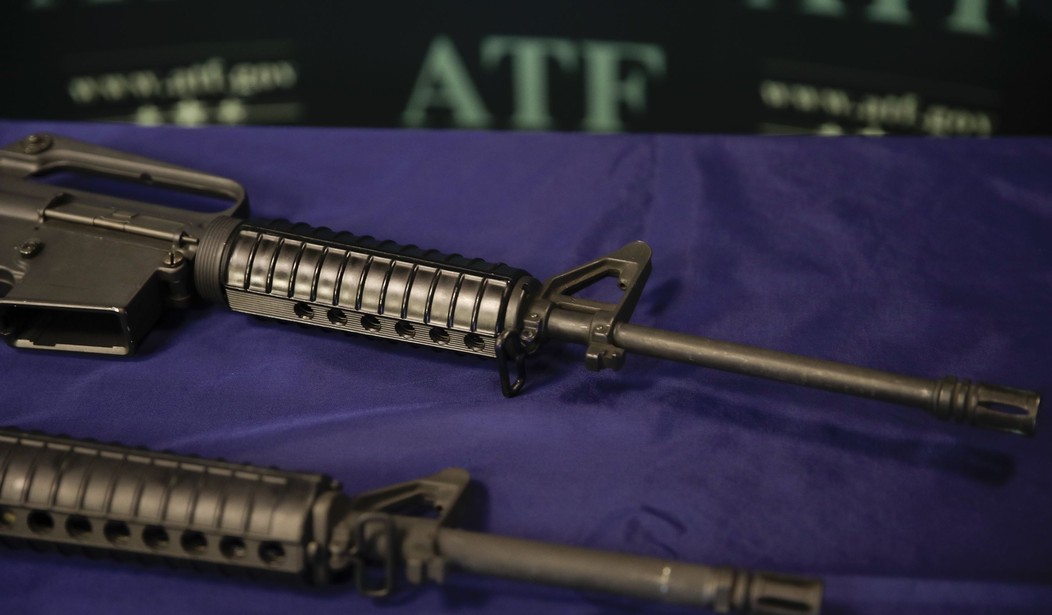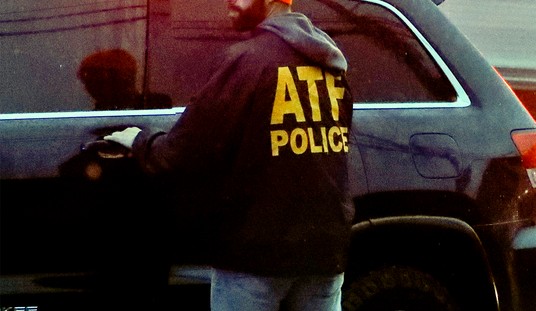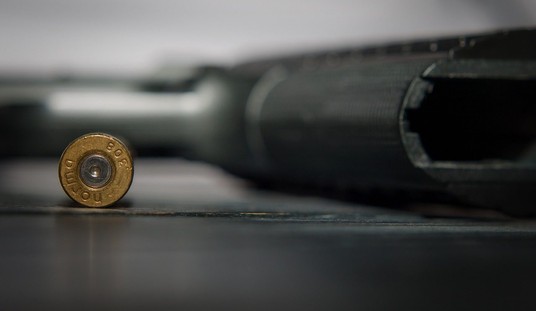The Vanderstock ruling on so-called ghost gun kits wasn't exactly welcome. It's one of those decisions that makes me wonder just what good a Republican majority actually does us when they issue rulings like this. Only Justices Thomas and Alito recognized the plain problems with Gorsuch's majority decision, which is troubling.
But, as Cam noted when he wrote about the decision, it only dealt with one particular avenue of attack.
J.D. Tuccille, writing at Reason, goes into a bit more detail about some of it.
That said, the majority allows that there are limits to its decision, presumably to avoid background checks of anyone attempting to enter the plumbing aisles of hardware stores: "Just because some kits, like Polymer80's, qualify as 'weapons' that 'can readily be converted' into working firearms does not mean all do." The decision, then, stops at finding that ATF's reinterpretation of the rules are not "facially inconsistent with the statute." Specifically called out, Polymer80's kits are clearly within the ATF's newly legislated—err, litigated—power to regulate. Eighty-percent receivers may not be. Ghost Gunner's ability to mill raw blocks of material into firearm receivers is almost certainly beyond the ATF's grasp.
But precisely which kits and unfinished gun parts are within reach of ATF's reinterpreted rules and which are not will have to be determined by future litigation. The Supreme Court only ruled that the ATF wasn't completely out of bounds. We still don't know where the bounds are.
"The Supreme Court cynically built up a falsework to shore up the ATF's improper rule in spite of the text and history of the statutes," the Firearms Policy Coalition, which participated in the case, responded to the ruling. "FPC and our allies will, to the benefit of our cause and the American people, thoroughly review this decision to find and exploit every feature of the Court's sophistic construction of the law."
I have no doubt the FPC will do that and hopefully to great effect.
But I'm still bothered by the ruling. Specifically calling out Polymer80's kits--thus hitting every other such kit by anyone else, presumably--means that those might be off the table, but otherwise, it really feels like this ruling is clear as mud.
Obviously, though, if Ghost Gunners are beyond the ATF's reach, then so are 3D printers, which are far more common and are also used to create receivers for handguns and even completed firearms.
The question becomes, where is the line, and absolutely no one knows, and that's an issue.
It's a problem because right now, the line seems to be what is termed as an 80 percent receiver, but when someone comes out with a 70 percent receiver, will that be subject to regulation, too? What about the 60 percent? The 50 percent?
Honestly, the incremental creep of this actually could, potentially, impact things like raw blocks of material or 3D printer filament.
What we really get out of this ruling is that we're going to have to have a whole lot more rulings, probably on every single attempt to create a system where people can build their own guns that differ from a Polymer80-style kit.
That's beyond ridiculous and I'm incredibly disappointed in Gorsuch and Barrett for their role in this ruling. Sure, Chief Justice John Roberts was part of the majority here, and even if Gorsuch and Barret had sided with Thomas and Alito, the decision would still be the decision, even if worded differently, but I at least expect him to be a squish on guns.
Not the other two.








Join the conversation as a VIP Member